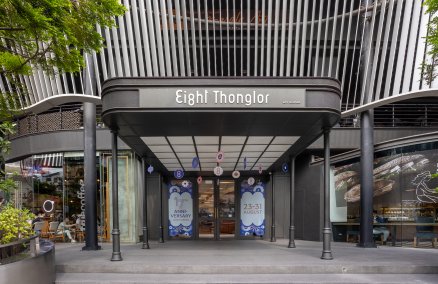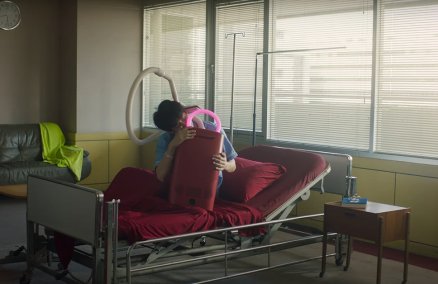An enthusiast of all things architectural, Fabian Lua set up ArchiWalks as a side-project in October last year, covering neighbourhoods such as Bras Basah and Arab Street. We caught up with him to discuss his challenges, his successes and why Singapore’s architectural history is worth a second look.
Tell us more about how you got started with ArchiWalks and grew with the hobby?
I wanted to bring groups together to explore and discuss the forces behind Singapore's rapidly changing architecture, in an approachable and hands-on way. At the start, it was mostly friends or friends of friends, but now the group is more diverse as people hear about it from word-of-mouth and social media.
What were the initial challenges you faced?
Operational issues like optimising the walking route and finding the best spot for a group to view and discuss a building were time-consuming. It was also challenging to find a balance between informing the audience and overwhelming them with facts. People are on a walk not just for knowledge and new friendships, but also to enjoy the experience in terms of service and hospitality.
Some might say Singapore’s status as a young nation makes its architectural history less interesting than other countries. How would you counter that?
Architecture, including its history, is not about cold, hard buildings but the stories behind them. For such a young nation, because we have a fascinating immigration-driven society and a breakneck speed of change, we actually have a very rich human history to discuss the architecture with. The tussle between conservation and increased density also means you can see (for good or bad) contrasting buildings side-by-side.
How have visitor responses been like so far?
The participants range from long-term residents to newly-transplanted expats, and almost everyone has been very supportive and enthusiastic. I guess there is a segment of Singaporeans who really are looking for things to do that are beyond watching movies and milling around malls.
Which buildings are always popular with visitors?
The funny thing is that participants have been much more vocal about the buildings they dislike than the buildings they like. In some cases, like Parkview Square, the building is at the same time popular and unpopular with different people.
You’ve been to many cities with amazing architecture, so which ones are your personal favourites?
The view of a sea of Chicago skyscrapers took my breath away when the aircraft was descending into the airport. From a walking perspective, I love the variety of buildings you can see and energy you feel just walking down a street in Mexico City. And in Istanbul, how they really appreciate rooftops and the relationship the city shares with the Bosphorus River.
What would you say are the most significant changes in Singapore’s architectural landscape in the past few years?
Visitors and tourists probably notice the new mega-projects like Gardens by the Bay and the Sports Hub most. But for locals and residents, the most significant changes are probably two things: the unprecedented ground-up push to conserve buildings or develop new projects in old buildings and the efforts to draw the population closer to parks, nature and greenery.
With so much redevelopment in our city, is there a specific building or area you wish to see untouched?
Development that destroys nature is very difficult to reverse, so I wish we would really be more sensitive to whatever areas we have marked as “Nature Reserves”.
Lastly, are there any plans for expanding tours in the future?
As far as possible, I'd like to keep the tours cozy and intimate. The way forward is more of experiments and collaborations with other groups, be it a 3-course dinner that ties in with the architecture walk, a stop along the way that promotes interfaith understanding or walks themed on specific topics like street art, or Singapore's relationship with Malaysia.
The next series of ArchiWalks, "Eat Your Architecture" is on track for September; see the ArchiWalks wesbite for more info.















